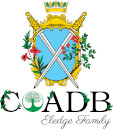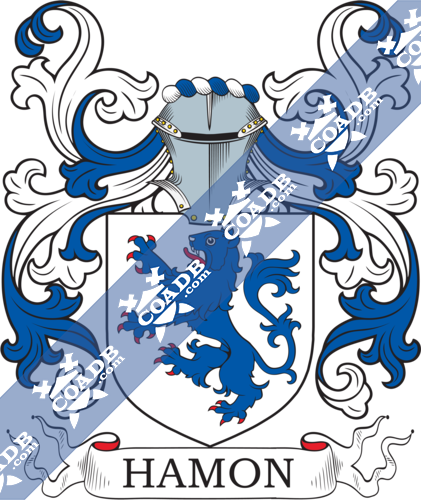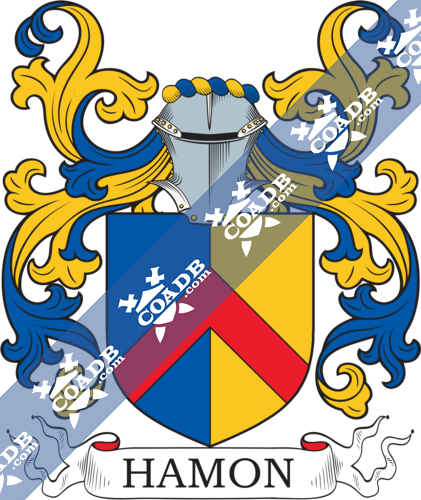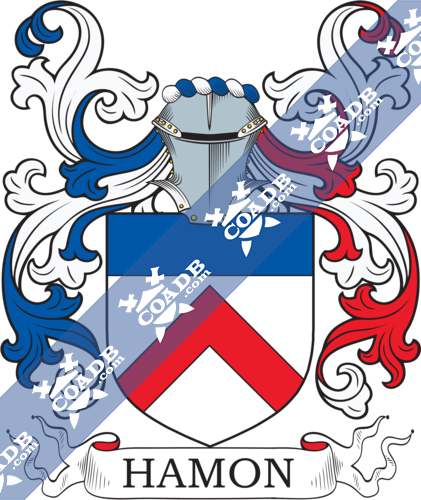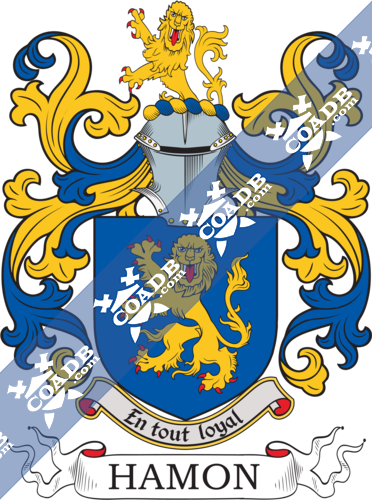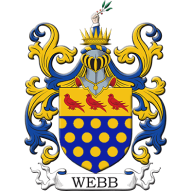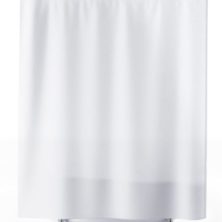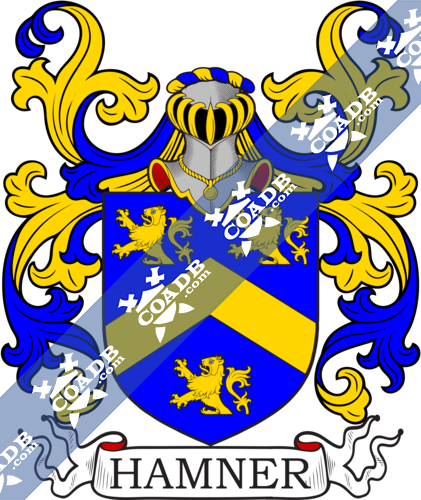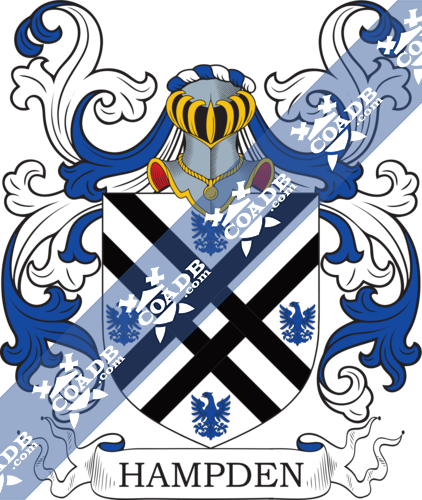Hamon Family Crest, Coat of Arms and Name History
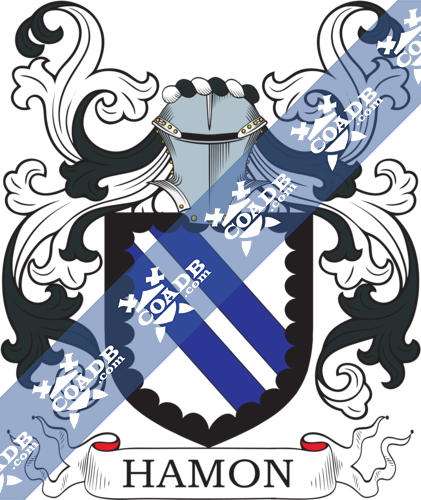
Hamon Coat of Arms Gallery
Don’t know which Coat of Arms is yours?
We can do a genealogical research. Find out the exact history of your family!
Learn MoreHamon Origin:
England, Germany
Origins of Hamon:
This interesting and unique name is of English source, and has three possible origins, the first being from the Norman personal name “Hamo(n),” from the Germanic “Haimo,” with the first component “haim” which means home, the “d” being excrescent. The name was brought into England by the Normans after the Conquest of 1066. The second origin is from the Old Norse particular name “Hamundr,” a combination of the components “ha,” high, and “mund,” which means safety. The third origin is from the Old Norse particular name “Amundr,” which is a combination of the components “a,” which means great-grandfather, offsprings, and “mund,” which means protection. This name was not as usual as “Ha, mundr” and it is sometimes confused with it. Both names were brought into England between the 8th and 9th Centuries. The new surname can appear noted as Hammond, Hammond, Hammant, Hamman, Hamon, and Hammon. An interesting name ancestor was one John Hammond (died 1617), who was a physician to James I (1603 – 1625). He made a fellow of Trinity College, Cambridge, in 1573.
Variations:
More common variations are: Hammon, Haymon, Heamon, Hamion, Hamoon, Hamoen, Hamoun, Hameon, Hamoni, Hamono.
England:
The surname Hamon first appeared in Kent. The Roll of Battle Abbey discloses that two brothers, sons or grandsons of Hamon Dentatus accompanied the invader in his invasion. The first was Robert Fitz-Hamon, the great invader of Glamorganshire and the second was Haimon, named in the Domesday Book as “Dapifer,” for having received the office of King Steward for the King. The next passed away issueless while the older had four daughters, three of which had conventual lives. The remaining daughter named Mabel married Robert Fitzroy, commander of Gloucester. Hamon Dentatus had two other sons who were Richard of Granville and Creuquer who inherited the Barony of Chatham from Robert Fitz-Hamon and many of the Kentish lands of Hamon Dapifer. These lands inherited to Haimon de Crévequer (died 1208) who had one son Robert Haimon. The next attended the compact of Barons against Henry III., and as a reaction lost all his lands.
The very first recorded spelling of the family was shown to be that of Walter Hamund, dated about 1242, in the “Free Rolls of Herefordshire.” It was during the time of King Henry III who was known to be the “The Frenchman,” dated 1216 – 1272. The origin of surnames during this period became a necessity with the introduction of personal taxation. It came to be known as Poll Tax in England.
Ireland:
Many of the people with surname Hamon had moved to Ireland during the 17th century.
United States of America:
Individuals with the surname Hamon landed in the United States in two different centuries respectively in the 17th and 18th. Some of the people with the name Hamon who arrived in the United States in the 17th century included Mathew Harnon, who landed in Virginia in 1622. Christ Harnon, who landed in Virginia in 1637. Peircey Hamon, who landed in Virginia in 1653. Ellin Hamon, who arrived in Virginia in 1655. Garrett Hamon, who landed in Virginia in 1656
The following century saw more Hamon surnames arrive. Some of the people with the name Hamon who arrived in the United States in the 18th century included Sara Hamon, who landed in Virginia in 1704. Willem Hamon, who landed in New York in 1709. Jacob Hamon, who arrived in North Carolina in 1764
New-Zealand:
Some of the population with the surname Hamon who arrived in New Zealand in the 19th century included Joseph Hamon arrived in Auckland, New Zealand aboard the ship “Avon” in 1860
Here is the population distribution of the last name Hamon: France 20,500; United States 2,079 ; Colombia 786 ; England 565 ; Canada 494 ; Germany 336 ; Brazil 270 ; Australia 258 ; Belgium 200 ; Jersey 184
Notable People:
Jean-Louis Hamon (May 1821 – 29 May 1874) was a French painter.
Benoit Hamon was born in June 1967, is a French political leader.
Blazons & Genealogy Notes
1) (co. Kent). Ar. two bends az. a bordure engr. sa.
2) Ar. a lion ramp. az.
3) Per pale az. and or, a chev. gu.
4) Az. three tilting spears in bend or, headed ar.
5) (Seigneurs of Samare’s, Jersey). Motto—En tout loyal. Az. a lion ramp. guard. or. Crest—A lion, as in the arms.
6) (arms of William Hamon, a Monk Prior, of Cogges, co. Oxford, set up in the church there. Visit. Oxon, 1574). Ar. a chev. gu. a chief az.
